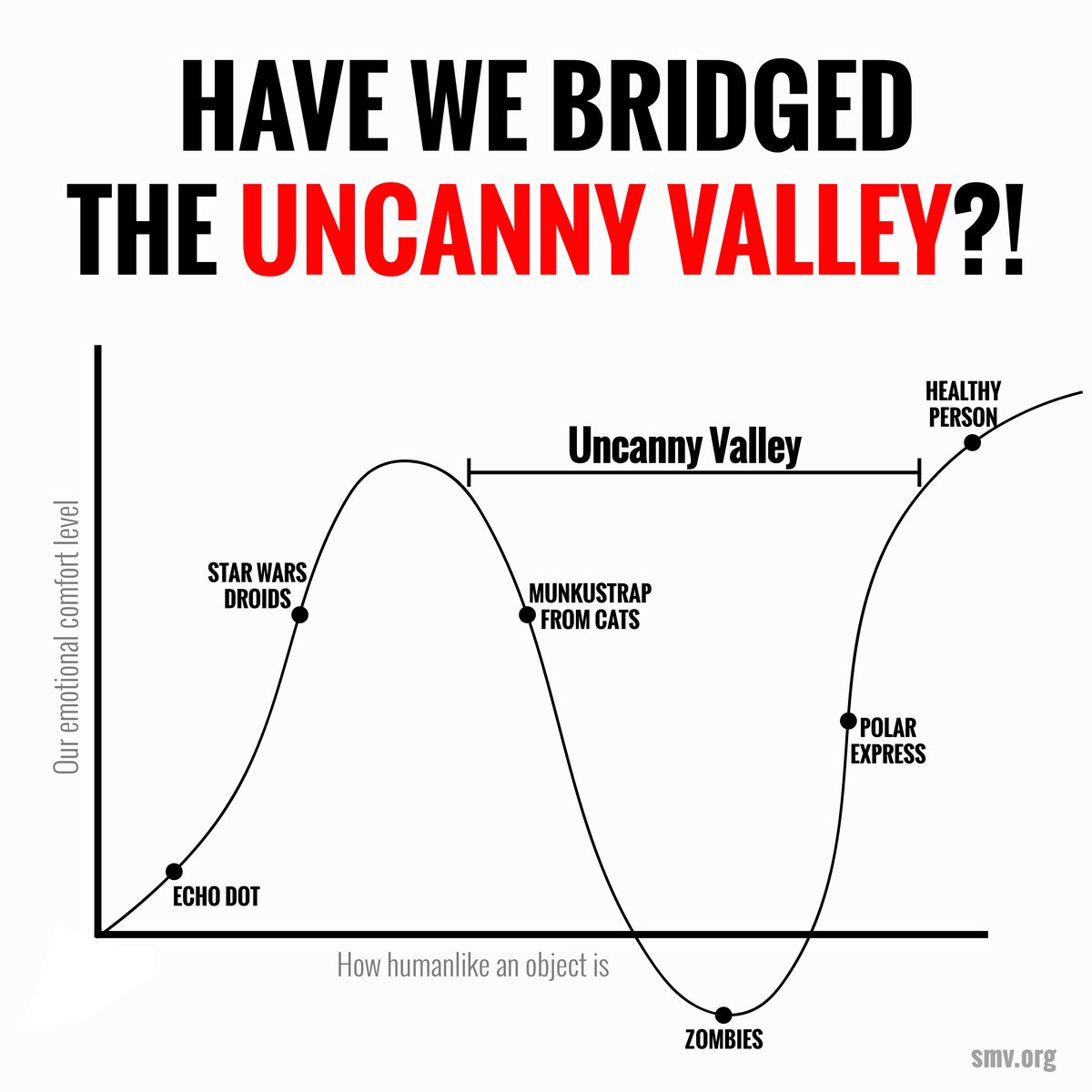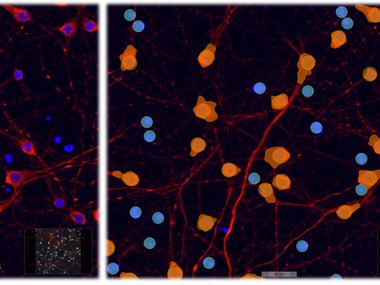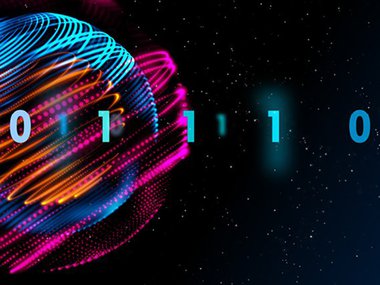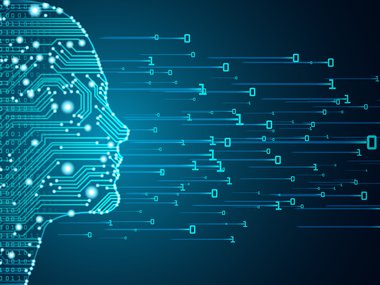Question Your World: Have We Bridged the Uncanny Valley?
For the first time in human history, we are regularly encountering AI, or artificial intelligence. AI is used in a myriad of different roles, ranging from curating our daily social media feeds or Google search results to helping decode the mysteries of the universe that surrounds us.
In recent years there has also been some concern over our use of AI, specifically its ability to seem so realistic that it could be mistaken for a real human. For example, there are many social media accounts dedicated to “deep fakes,” AI-generated faces of celebrities doing day-to-day things. Totally fake, totally not real, but totally looks like the real thing! So, what's the future of deep fakes? Before we look at what's coming, we have to jump back a few decades to the 1970s.
AI deep fakes are something robotics professor Masahiro Mori was sharing with the world back in the 70s with a term he coined called “The Uncanny Valley.” The uncanny valley is essentially measuring the discomfort humans feel when we see something that imperfectly resembles a human.
Imagine a graph with an X and Y axis, the classic nerdy science chart! The horizontal X axis is the measure of how humanlike an object is and the vertical Y axis measures our emotional comfort levels. We emotionally respond to a slightly humanoid-looking robot, like C3PO or Wall-E, more than to a robot without any physical human-like characteristics, such as a Rumba or Echo Dot.
But then we get to a point where robots—or computer-generated imagery (CGI)—start to look more humanlike instead of an obvious non-human and we feel weirdly uncomfortable about them. Our emotional response takes a drastic dip on the graph, also known as the valley … the uncanny valley! Only once these robots become much more humanlike and realistic do we get comfortable again and our line graph recovers its upward trajectory back up out of the valley. Getting on the other side of the uncanny valley is a huge milestone in robotics, as it brings us to the point where our emotional response to non-human objects is the same as for humans.

Keep in mind about forty years ago the video game Pong was released and people fell in love with moving those green squares up and down the screen. Now, just four decades later, video games using augmented or virtual reality have characters that look far more realistic than that old green pong cube. But do they look so real we would mistake a computer-generated character for a real person?
According to a recent report by the Proceedings of the National Academy of Sciences, the answer to that question is yes! The technology has gotten to a point where humans find AI faces to be not only realistic, but in many cases are also considered more trustworthy than real humans. This technology has the ability to entertain and educate, but can also be used for manipulation and deception.
Stay tuned as this technology and our human emotional responses continue to develop together. In the meantime, don’t forget there’s a whole world around us and it’s not a bad idea to take time off digital devices and interact with real people!


